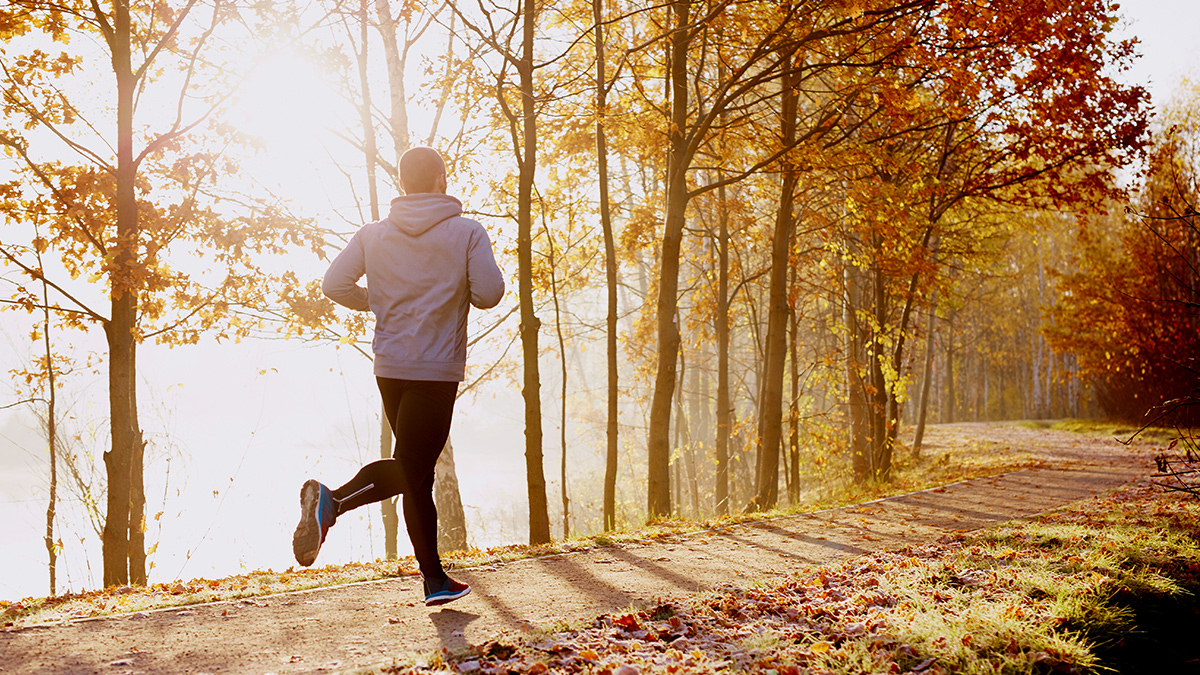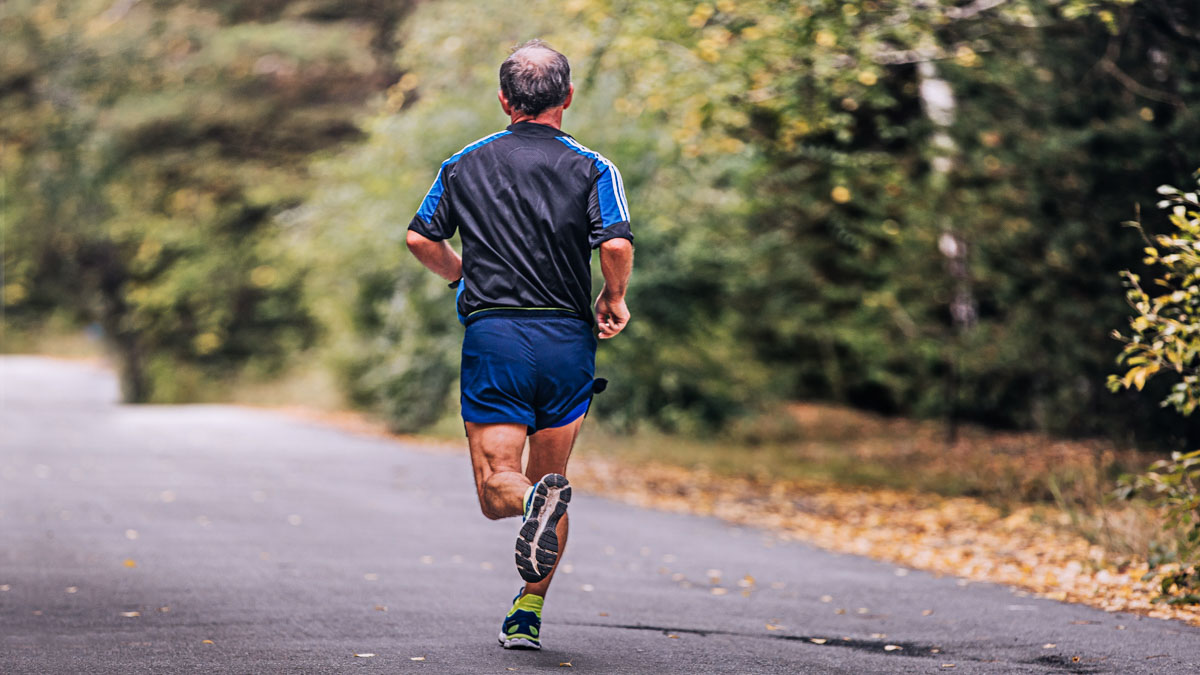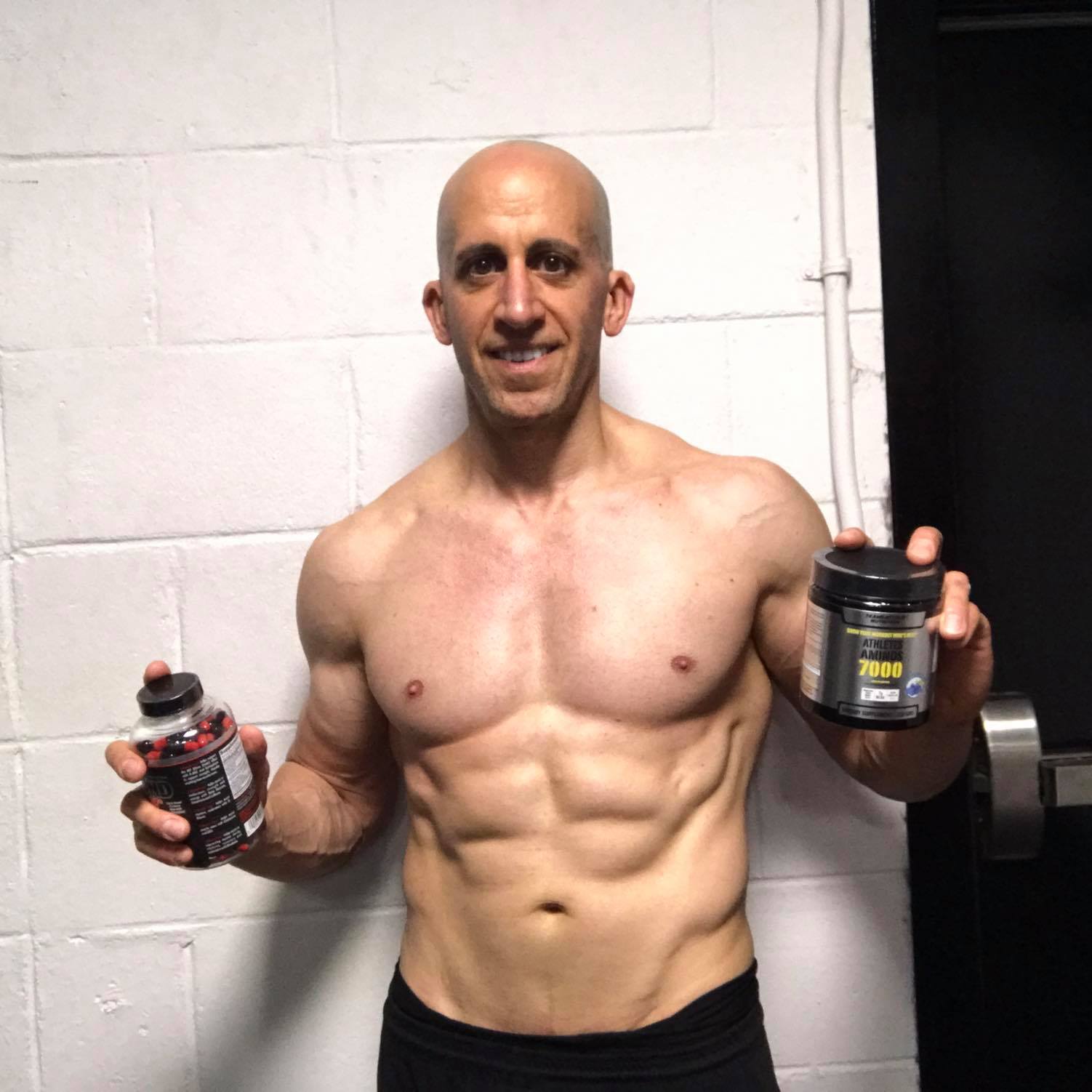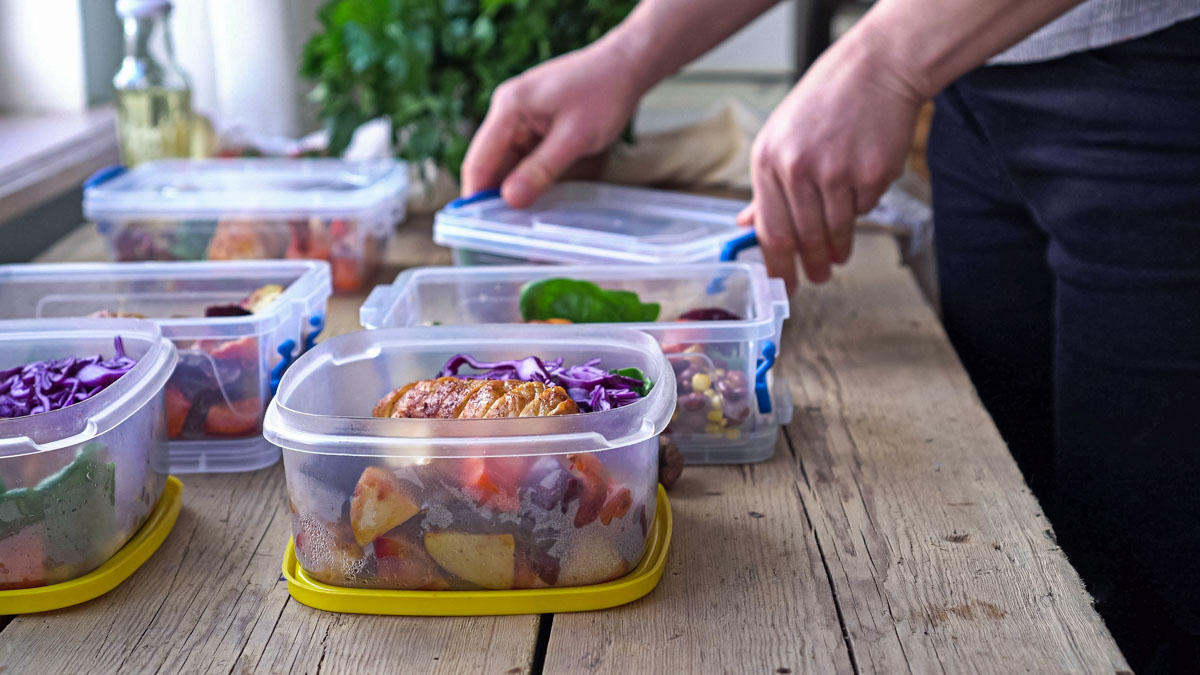In Jeff Bercovici’s book, Play On: The New Science of Elite Performance at Any Age, Bercovici says that “finding peak performance as an older athlete isn’t about denying reality. Nor is it about reconciling oneself to suffering or disappointment. It’s about being the best version of yourself, [and] performing better while feeling better.”
The fact is, athletes over the age of 35 are still out there hitting balls, running races, swimming fast, and pretty much proving that athletic prowess isn’t over in your twenties. In fact, many athletes are just coming into form in their early thirties, especially in endurance sports. The “reality” Bercovici refers to is the effect of age on our physiology. The best diet and training will help ward off cognitive decline, muscle wasting, and cardiovascular impairment, but even the most rigorous routine can’t completely stop the effect of time on our bodies.
This begs the question, how does an ‘older athlete’, or masters athlete, continue to remain in the game both physically and psychologically? Here are five tactics masters athletes can apply to their routine to help ease the aging process.
1. Consistency Should Be More Important Than Intensity
Adopting a routine that generally follows a predictable, well-planned pattern will reduce your chances of taking on workouts that may result in injury. Anyone who has joined a masters cycling group knows what happens frequently — it’s like a world championship on each climb. This is OK for the well-trained cyclist but could cause injury for the less-so. Having a coach in this sort of situation can help you set realistic athletic goals and then pursue them in a logical, planned manner.
2. Make Sleep a Priority
I personally can attest to the changes that every older athlete needs to come to terms with. While I was, fortunately, able to deny most of it until I hit 42, the fact is that you can’t have it all forever, especially not at a high level. It can be really difficult for the ‘once was fast’ older athlete to face performance declines than it might be for a new-to-the-sport older athlete.
Adding to the challenge is the fact that endurance junkies are often in it for the fun and adventure as much as the competition, so the “more is more” training model can be appealing on a number of levels. But as Raymond Verheijen, Dutch exercise physiologist says, “if you are extremely fit but also extremely tired, your performance will be shit.”
So what do you do? Sleep. Joe Friel puts it in Fast After 50, “Sleep is your primary means of recovery from training stress. There is nothing else you can do that will help you recover faster or more completely.” Our production of human growth hormone consistently decreases as we age, and cutting sleep cycles (where that production occurs) to add extra training is a mistake.
3. Eat More Protein
Another area to focus on is diet. Older athletes need more protein than our younger selves because we don’t synthesize it as well when we age. Older athletes may need 40 grams of protein, for example, to achieve the same level of protein synthesis as younger athletes, who need only 20-25 grams. To optimize protein synthesis and retain muscle, be diligent about adding protein immediately after strenuous sessions, which increases the rate of muscle rebuilding. Adding in some protein 30 min before bed can also assist in this. Foam rolling, ice baths, compression, massage, cupping, acupuncture are some other great tools in assisting with recovery.
4. Do Interval Training
There are high-mileage runners who could handle big weeks in their 30s, but start to experience injury and breakdown in their 40s, and can’t get through a successful training block to get to the starting line. Luckily, research is showing us that interval training on an already strong aerobic base allows the experienced athlete to train less and still achieve more.
Aerobic capacity intervals (at or slightly below VO2 max speed/power), and lactate threshold intervals (90-95% of lactate threshold HR) are both effective and require less volume.
5. Don’t Skip Strength Training
Every piece of available research suggests that masters athletes will benefit from building each type of muscle fiber. Friel suggests you start your strength program in your base period (20 or more weeks out from your A race) and follow through until you are in a maintenance phase approaching your race. In my experience, strength also works best when it includes mobility and movement patterns. Put your body through the motions you will need to do your sport well, and monitor those patterns as you go so that an imbalance or weakness is stopped before it becomes an injury.
In summary, you can continue to be the best you can be as you age. You may need to make some changes in goal-setting, training methods and lifestyle, but I can tell you it’s worth it. You will not only enjoy the great age-defying benefits of exercise, but you’ll satisfy your inner endurance monster, creating challenges and adventures that will continue as you age.









